 September at Doi Angkang is my favorite! The morning sky is ultramarine, yet the thick fog at noon helps cool down the heat from sunlight. Rain falls in the evening and at night, brings fresh cool atmosphere to the early morning forests. Birds might not be as plenty as in winter, but they seem to be out continuously all day, and surely, seeing new migrants excites me every time I come here.
September at Doi Angkang is my favorite! The morning sky is ultramarine, yet the thick fog at noon helps cool down the heat from sunlight. Rain falls in the evening and at night, brings fresh cool atmosphere to the early morning forests. Birds might not be as plenty as in winter, but they seem to be out continuously all day, and surely, seeing new migrants excites me every time I come here.

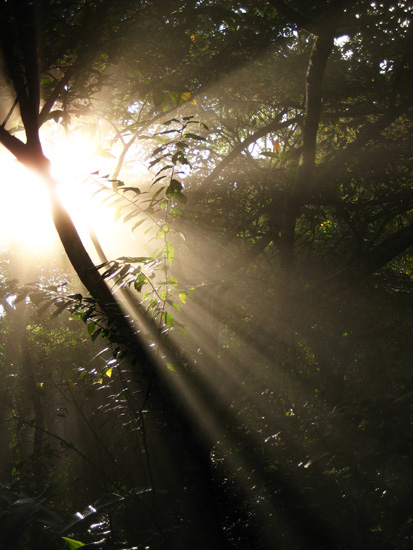
 A male Stripe-breasted Woodpecker on a fruiting Castanopsis tree.
A male Stripe-breasted Woodpecker on a fruiting Castanopsis tree.
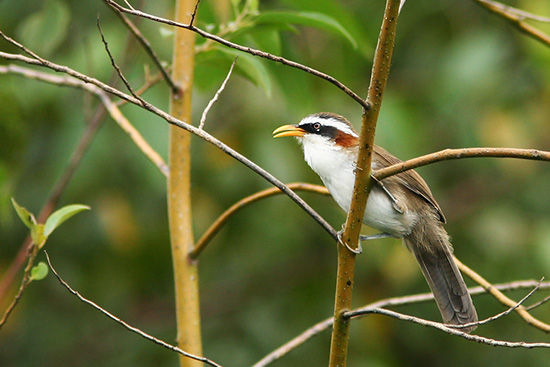
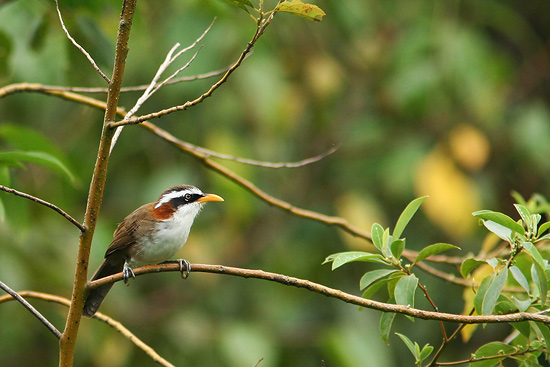 An individual with pale yellowish iris
An individual with pale yellowish iris
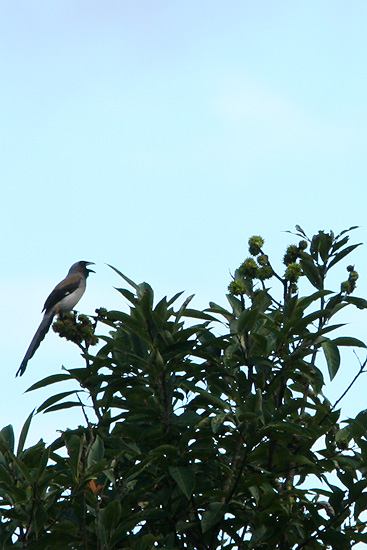 A Grey Treepie singing on a castanopsis tree
A Grey Treepie singing on a castanopsis tree
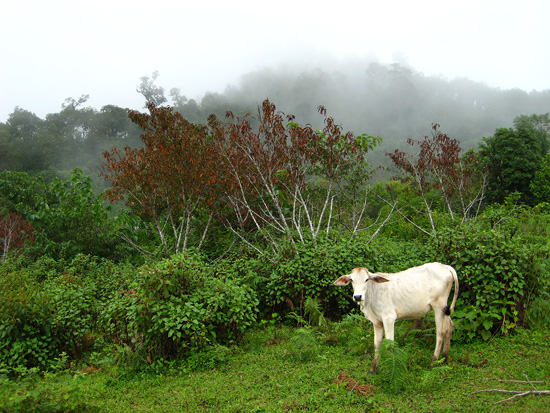
A small flock of White-browed Scimitar-Babbler (Pomatorhinus schisticeps) was busy feeding in a thick castanopsis tree. After a long while, two birds flew out to low bushes and started singing. One of the bird has pale yellowish eye and sings continuously, while another bird obviously has dark brown eyes and tends stay in thick cover. My guess is that the brown-eyed individual might be a young bird which doesn't or still can't sing very well since some research I've seen also pointed out that most bird irises get paler with age. Along the way I was surprised to see so many Brown Shrikes (Lanius cristatus), most are males. White-browed Laughingthrushes (Garrulax sannio) were also seen as usual. Persimmon trees were also fruiting, attracting all kinds of bulbuls around the area to come and join the meal. Most of them were Crested Finchbill (Spizixos canifrons) and Brown-breasted Bulbul (Pycnonotus xanthorrhous). Some Flavescent and Sooty-headed Bulbuls also joined in sometimes. These bulbuls are fast and wary, so photographing them was quite a hard job.
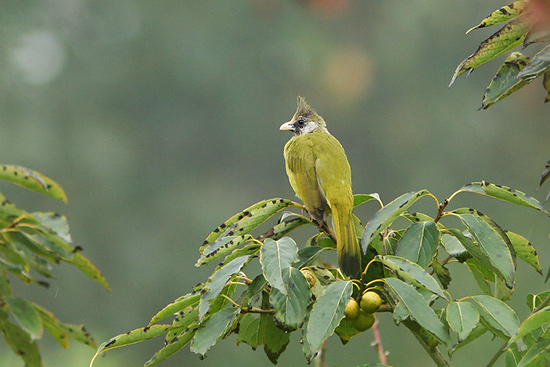
A young adult Crested Finchbill
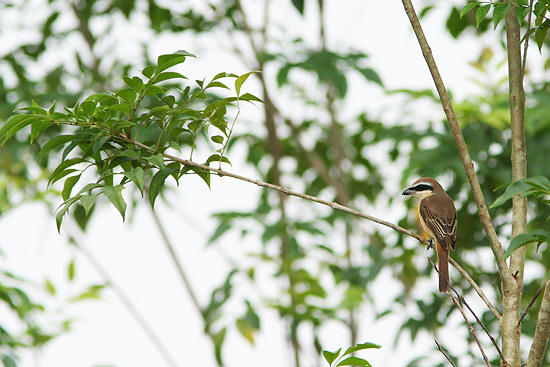
A male Brown Shrike subspecies 'L.c.confusus'
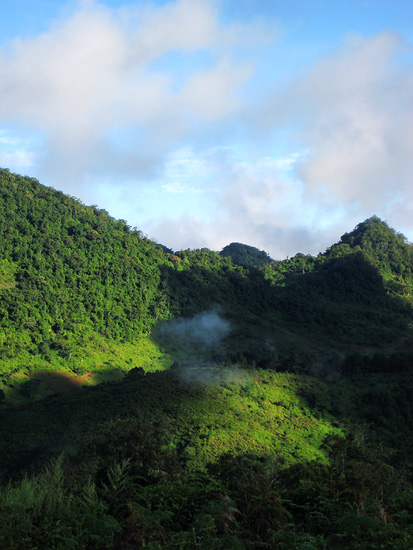
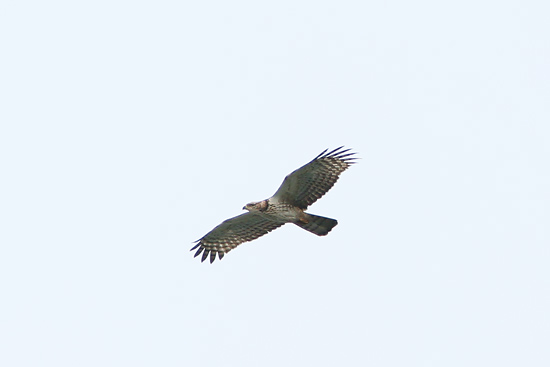
Some other birds I found that morning include a young Oriental Honey-Buzzard (Pernis ptilorhyncus), several resident-form S.s.przewalskii Eastern Stonechats, Grey Bushchats, Rusty-cheeked Scimitar-Babbler (Pomatorhinus erythrogenys) and few Fork-tailed Swifts (Apus pacificus) subspecies 'cooki' which breeds here at Doi Angkang. The surprise of the day was a pair of Green Cochoas (Cochoa viridis) which my father saw near the persimmon tree. In total we got almost 60 bird species in just half a day! That is what I count as 'good'.
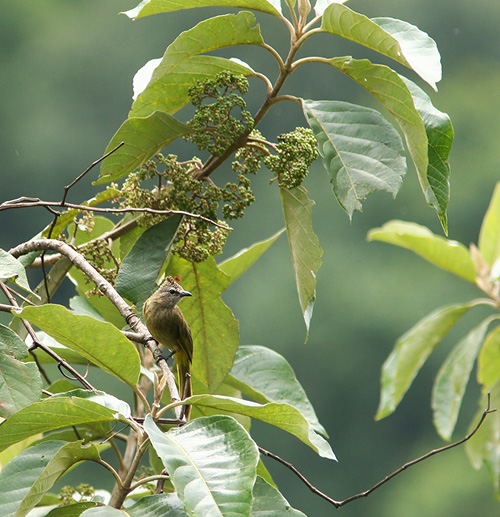
The abundant Flavescent Bulbul visiting a broccoli-like fruiting tree

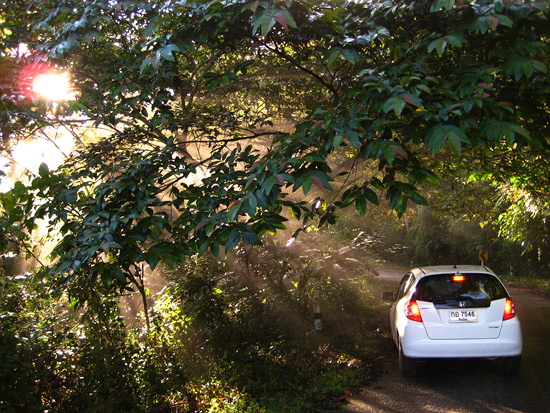







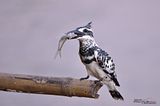




2 comments:
Looks like a beautiful part of the world. I've only been to Bangkok and the south of Thailand, maybe I should have headed north too.
Thanks for the comment!
The north is quite different from Bangkok or the south...more of a chinese landscape actually hehehe
I'd recommend that you should come during winter, the weather would be pleasing :)
Post a Comment